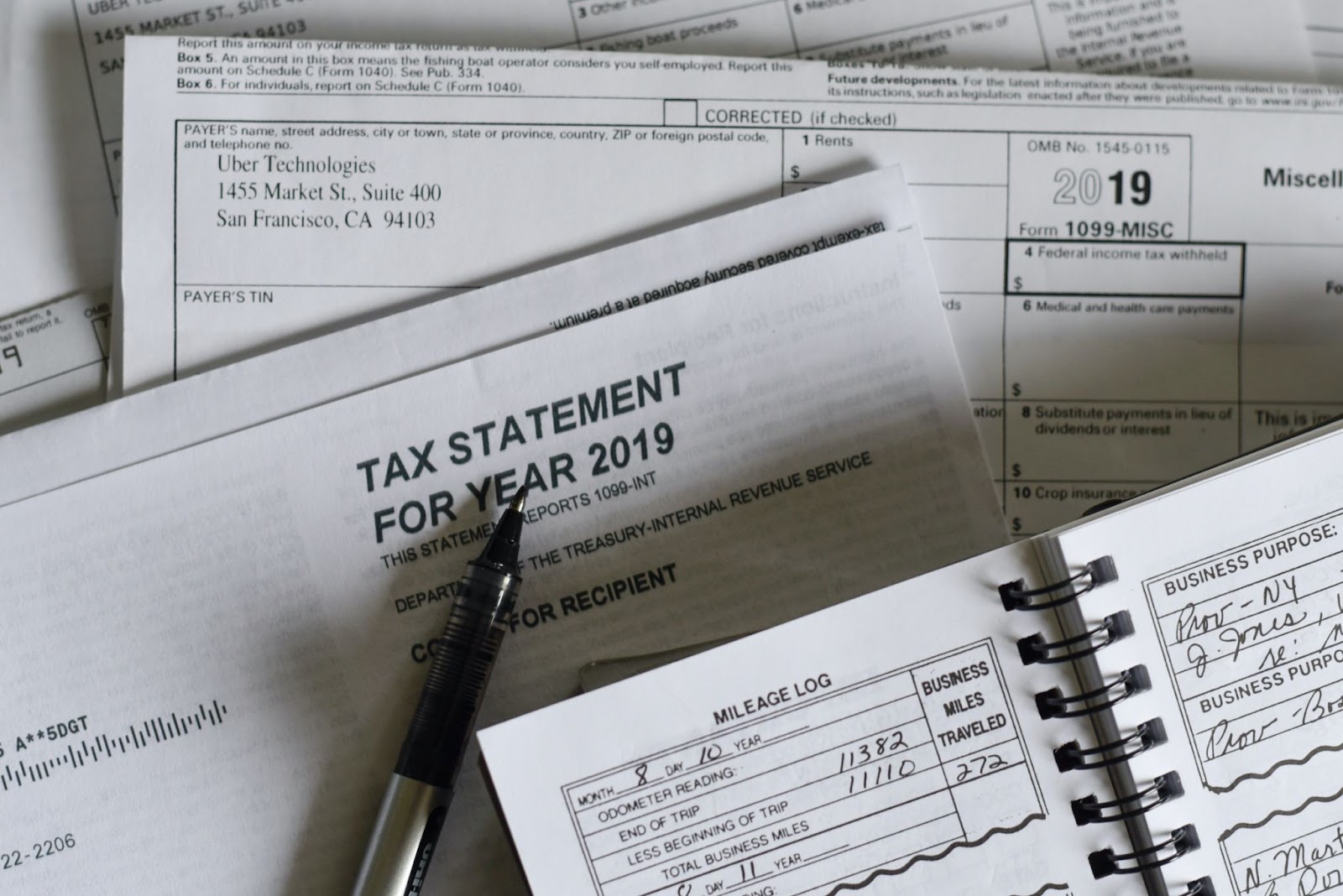
Tax forgiveness is the process of reducing or dispensing any taxes you owe. This can either be by the Internal Revenue Service (IRS) granting a waiver or reduction or through bankruptcy under specific conditions. The IRS administers and enforces federal tax laws to ensure that taxpayers pay their fair share of taxes according to their respective tax laws and regulations.
They are also responsible for collecting income taxes from individuals, estates, businesses, and organizations. The IRS also collects taxes from countries that enter into agreements with the United States as well as oversees other kinds of taxes, such as payroll and excise taxes on cigarettes, alcohol, gasoline, and firearms.
What Is Tax Forgiveness?
Tax forgiveness is a process by which individuals or entities are relieved of the obligation to pay certain taxes in part or in full. Tax forgiveness programs are typically offered by the government and are designed to provide relief to those who are unable to pay their taxes due to financial difficulty or other qualifying circumstances.
There are several types of taxes that may be eligible for forgiveness, including income tax, property tax, and sales tax. Each type of tax forgiveness program has its own set of eligibility requirements and application procedures.
Qualifying for tax forgiveness from the IRS typically involves demonstrating financial hardship, such as loss of income, medical expenses, or natural disaster. To apply for tax forgiveness, individuals or businesses must submit a formal request along with supporting documentation to the IRS.
Types of financial documents required by the IRS may include bank statements, tax returns, pay stubs, and documentation of qualifying expenses or losses. The IRS will review these documents to determine eligibility for tax forgiveness and may request additional information or documentation as needed.
Once the IRS has reviewed the documentation, negotiations may begin with creditors or third parties on behalf of the individual or entity seeking tax forgiveness. Negotiations may include payment plans or partial settlements, depending on the circumstances.
It is essential to be aware that tax relief isn’t immediately given, and individuals or entities must prove a legitimate financial hardship in order to qualify. Moreover, although tax forgiveness might not always totally eliminate all taxes due, people and companies may still have some responsibility for remitting the remaining portion of their liabilities.
What Are The Common Types Of IRS Tax Forgiveness Programs?
Here are a few of the IRS’s most popular options for tax debt forgiveness:
1. Offer in Compromise – This program provides taxpayers the opportunity to settle their tax debt for a reduced amount than what is owed if they are unable to pay back the whole total, according to IRS assessment.
2. Installment Agreement – This program allows taxpayers to make payments toward their unpaid taxes in smaller increments over time and can help avoid IRS penalties and interest.
3. Currently Not Collectible Status – This program allows taxpayers to stop making payments on their tax debt while the IRS evaluates their financial situation. The taxpayer will remain in this status until they can afford to pay or the debt expires due to time limitations or other exceptions.
4. Partial Payment Installment Agreement – This program allows taxpayers to pay a portion of their tax debt on an installment plan. It can also help avoid IRS interest and penalties while providing some financial relief.
5. Innocent Spouse Relief – This program helps protect spouses from being liable for taxes if the other spouse underpaid taxes or improperly reported income on a joint return.
6. Penalty Abatement – This program eliminates or reduces certain penalties for taxpayers who can demonstrate that the penalty was assessed due to circumstances beyond their control.

These are just a few of the common types of IRS tax debt forgiveness programs. Depending on individual circumstances, other options may be available to taxpayers who are struggling with unpaid taxes. It is important for taxpayers to research their options and seek out professional help if needed.
It is important to note that tax forgiveness programs are not always a guarantee; individuals and companies may still be liable for some taxes due even after the negotiation or settlement process. Additionally, any forgiven or unpaid taxes may still be subject to subsequent audits by the IRS. This means it is essential to keep detailed records of any negotiations or settlements as well as to remain in contact with the IRS throughout the process.
The Pros And Cons of Tax Forgiveness
The main advantage of tax forgiveness is that it can significantly reduce the tax debt owed. Depending on the type of taxes, different forms of tax relief may be available. This could reduce the amount of money owed or even result in complete forgiveness. Additionally, it can also help with avoiding penalties and interest associated with unpaid taxes.
However, there are some drawbacks to choosing to forgive taxes from the IRS. Firstly, in order for a taxpayer to receive any form of forgiveness or reduction, they must meet certain qualifications or criteria set by the IRS for the particular kind of taxes involved. Furthermore, depending on the amount forgiven and individual circumstances, there may be additional tax liabilities from state and/or local governments that must still be paid. Finally, if you owe back taxes, there may also be a hit to your credit score if you are unable to make payments on time.
Steps To Take If You Believe You Are Eligible For Tax Forgiveness From The IRS
If you are unable to pay off your tax debts, you may be eligible for tax forgiveness from the Internal Revenue Service (IRS). In order to determine your eligibility, you must take the following steps:
1. Assess your financial situation: Before applying for tax forgiveness, it is important to have a clear understanding of your current financial situation. This includes analyzing your income, debts, and assets to determine your ability to pay off your taxes.
2. Consider your options: If you are unable to pay your tax debts, you may qualify for an Offer in Compromise whereby you can make a lesser payment to the IRS than what you owe. In addition, you may be eligible for an Installment Agreement that arranges a payment plan that fits your financial situation or a Currently Non-Collectible status where you might hold off payments and penalties until your financial situation improves.
3. Gather the necessary documentation: The IRS requires you to provide detailed information about your financial situation in order to assess your eligibility for tax forgiveness. This includes documentation of your income, expenses, and assets.
4. Complete and submit the required forms: Depending on the type of tax forgiveness you are seeking, you will need to complete and submit the appropriate forms. For example, if you are applying for an Offer in Compromise, you will need to complete Form 656.
5. Await the IRS response: After submitting your application, it can take several months for the IRS to make its decision. It is important to stay organized and keep all documentation in a safe place for future reference.

If you believe you are eligible for tax forgiveness from the IRS, it is important to take the necessary steps to ensure a successful application. By assessing your financial situation, considering your options, gathering the necessary documentation, and completing the required forms, you can increase your chances of receiving the tax forgiveness you need. Companies such as Ideal Tax offer assistance with the programs we previously discussed.
Conclusion:
Tax forgiveness from the IRS can be a great way to reduce or even forgive your tax debt. However, it is important to understand the qualifications and criteria required for various forms of relief, as well as any potential penalties or interests that may still apply. Additionally, it is essential to gather all necessary documentation and submit the appropriate forms in order to maximize your chances of successfully applying for tax forgiveness. Taking the time to understand and adhere to the IRS’s requirements can help you reduce or forgive your tax debt and get back on track with your finances.




























































